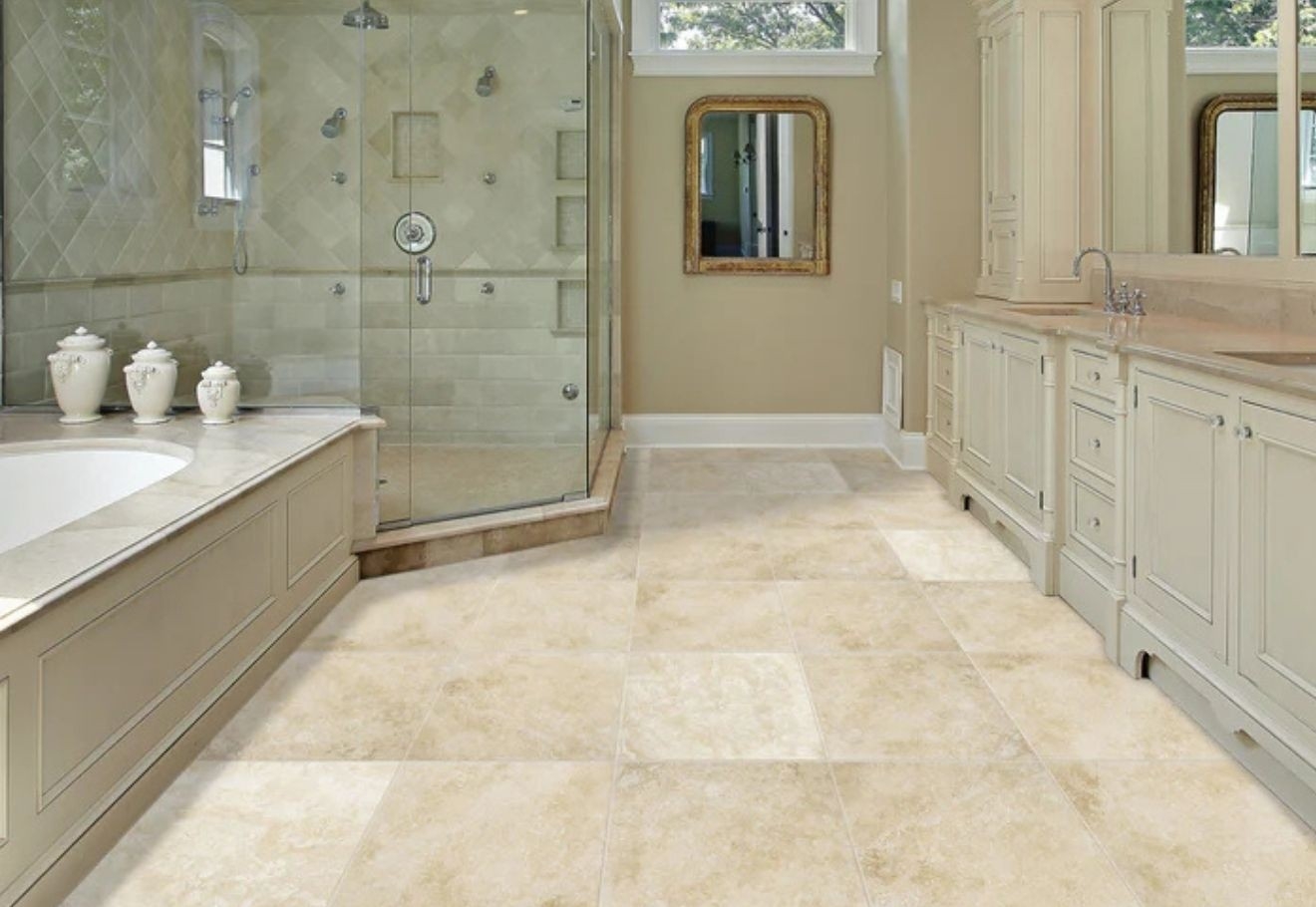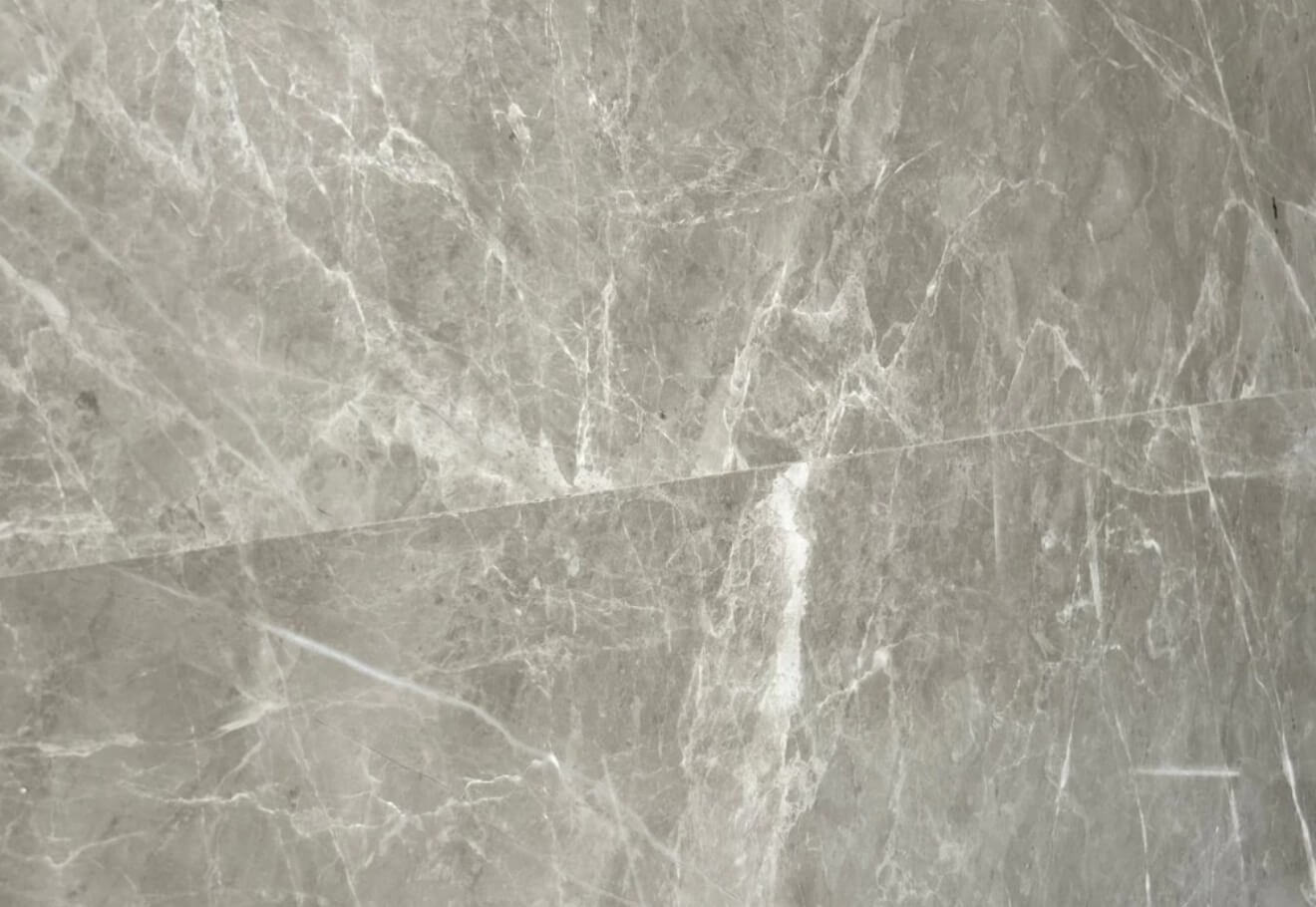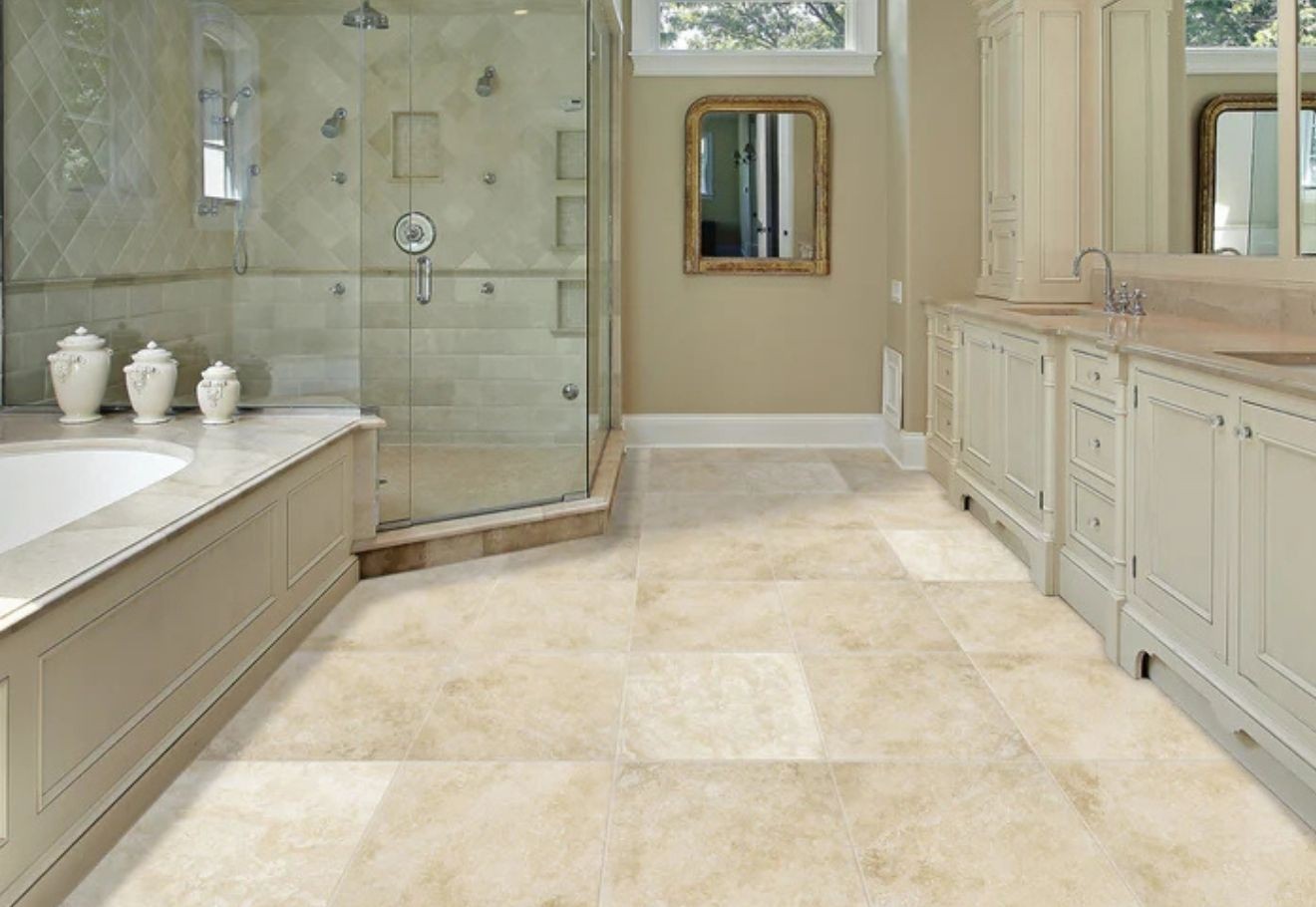Travertine Blocks Cutting Styles and Surface Treatments

Travertine blocks are cut in two main ways:
Turkish Cut (Vein-Cut): This cutting style is also known as "Vein-Cut." It involves cutting the block in alignment with the natural veins of the stone, creating a distinct pattern that showcases the stone's natural flow.
Travertine blocks are cut in two main ways:
Turkish Cut (Vein-Cut): This cutting style is also known as "Vein-Cut." It involves cutting the block in alignment with the natural veins of the stone, creating a distinct pattern that showcases the stone's natural flow.
American Cut (Cross-Cut): The American cut refers to the horizontal cutting of the travertine block, which results in a more uniform, grid-like pattern.
If requested, special fillings can be applied to fill the pores of the travertine, providing a smoother surface and enhancing its appearance.
Additionally, various edge processing techniques can be applied, depending on the desired finish. These include:
Standard Straight Cutting
Chamfer Edge Processing
Herringbone Edge Processing
Distressed Antique Edge
Rustic Edge Breaking (Chiseled): This process involves roughly breaking the edges, giving the stone a more rugged and natural appearance.
For surface treatments, several options are available:
Polished Surface: Provides a shiny, glossy finish.
Aged Surfaces (Antique Look): This treatment creates a timeworn, aged appearance for a vintage feel.
Honed Surface (Matte): Offers a smooth, matte finish without gloss.
Brushed Surface (Patinato): A soft, textured surface that enhances the stone's natural characteristics.
In recent years, there has been an increasing demand for Tumbled and Blasted (Antiquing) finishes. These techniques create a more weathered, rustic look and are particularly popular for projects requiring a vintage or aged aesthetic.



.jpg)
Comments
No comment at this time!
Leave your comment